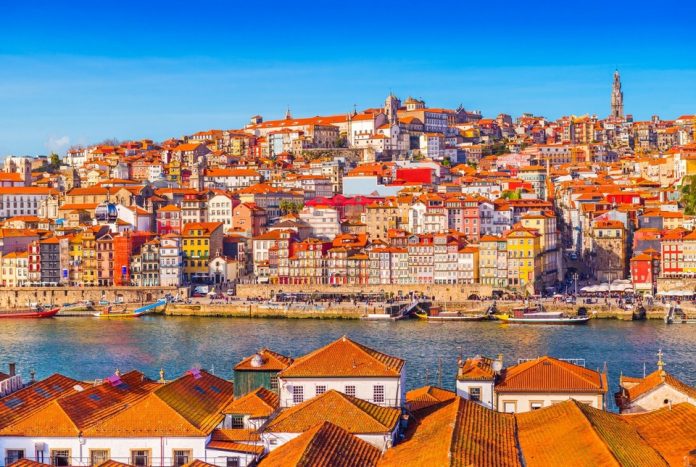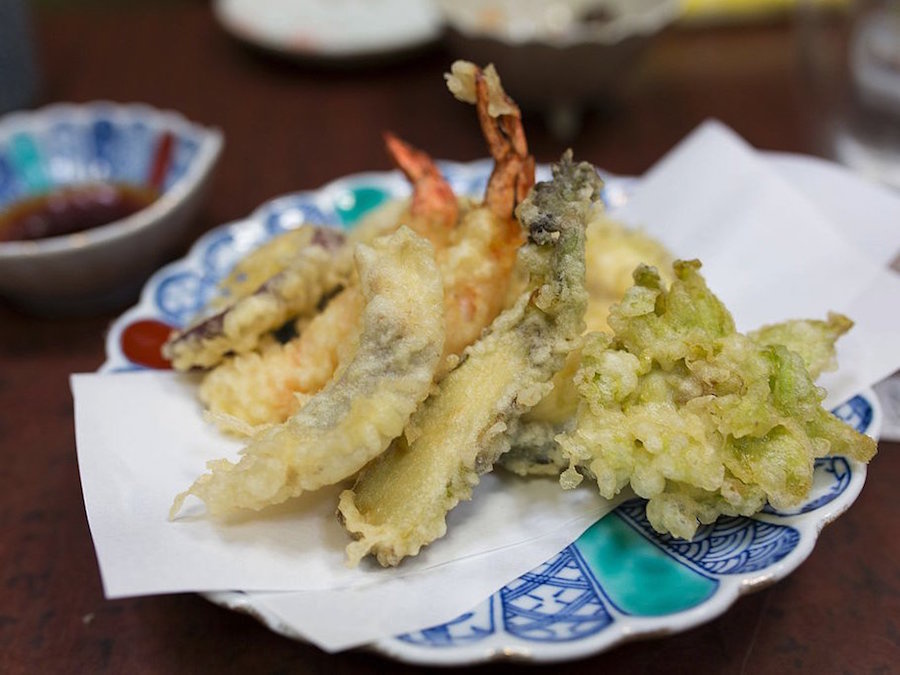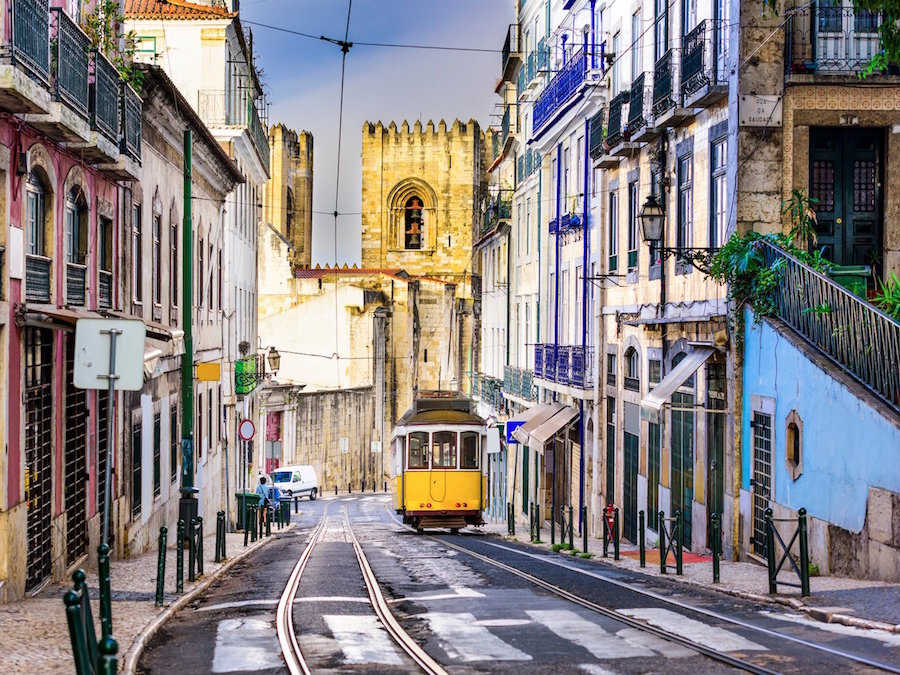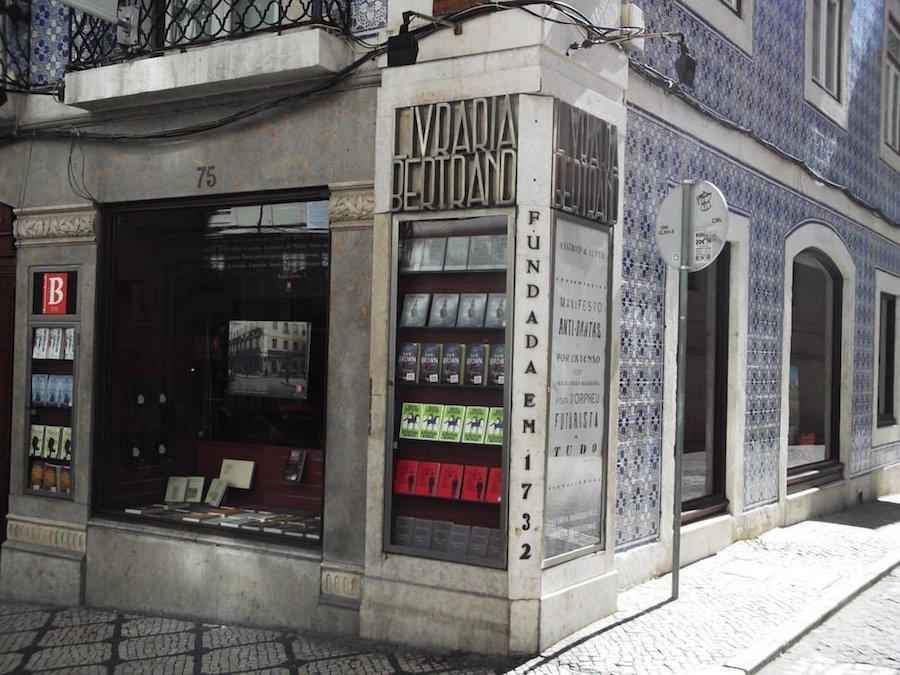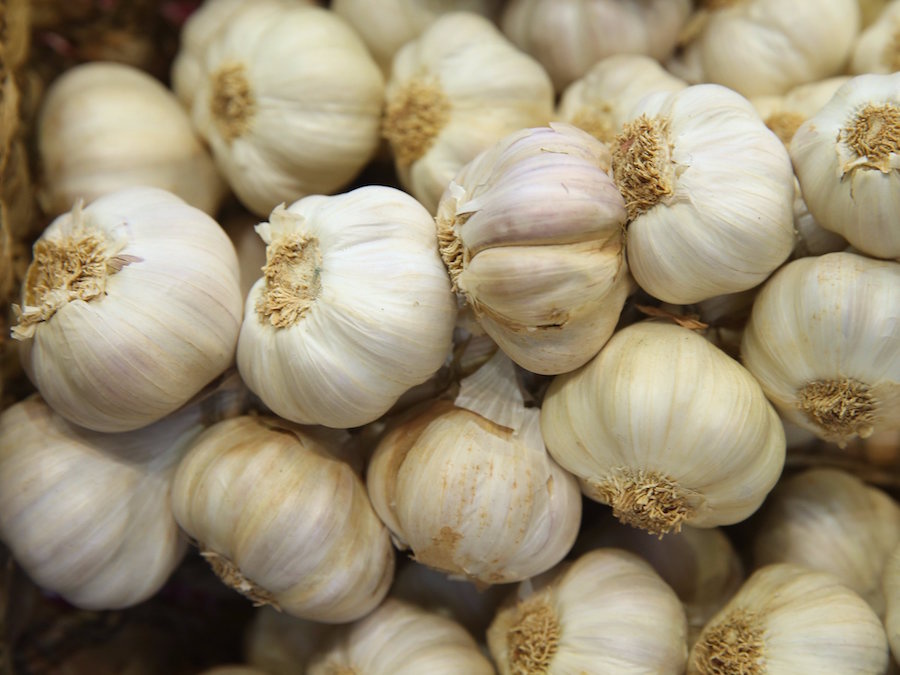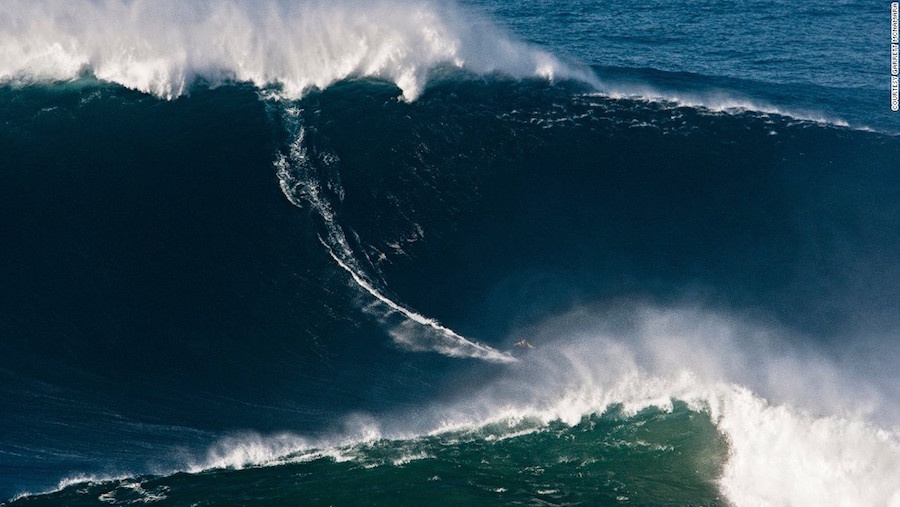Being the first European country to drink tea, the birthplace of tempura dish or the owner of the world’s most beautiful railway station are the things not all visitors know about Portugal.
- Why are taxi cabs of New York City yellow?
- Here are the dirtiest places on an airplane will shock you
- How will we travel in the future? Imagine this is what travel will look like in 30 years
- Japan is not perfect at all: 20 things which foreigners find uncomfortable in this country
- Guide for Buying and Using the Kobe Travel Smart Passport
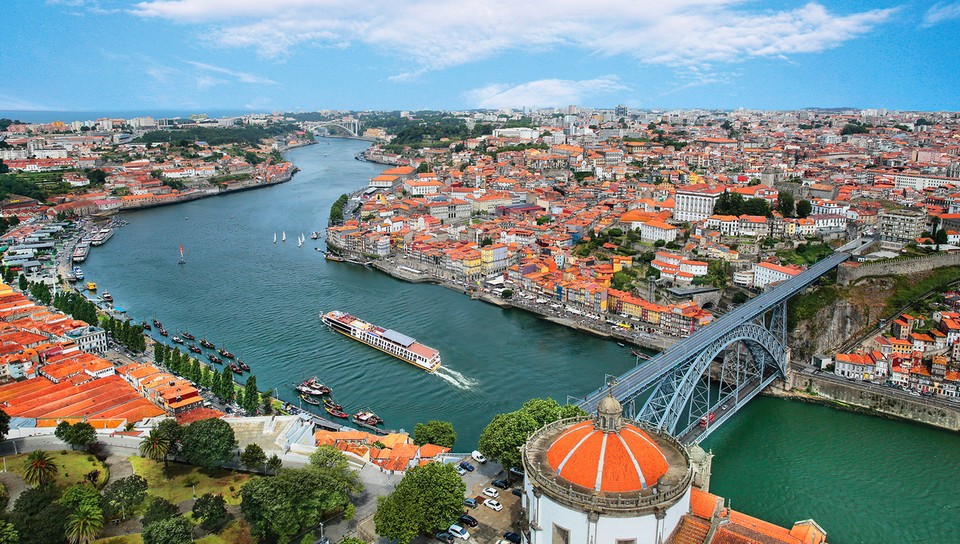
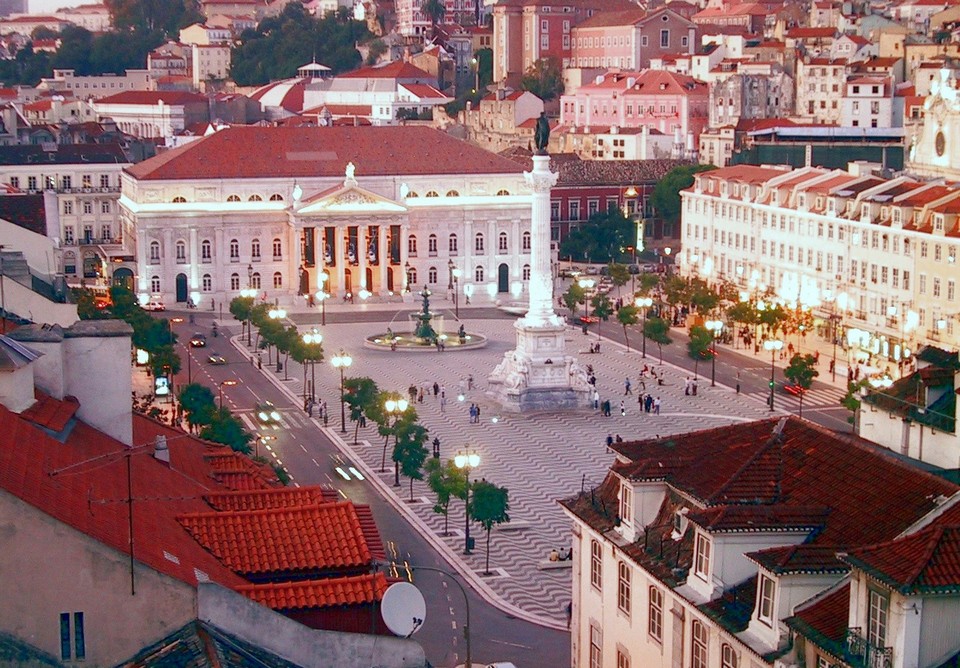
Portugal gave us “tea”
Portugal was the first country in Europe to drink tea, starting in 1560, and also played an important role in introducing this beverage to other locations on its trade routes throughout the 16th century. Photo: Shutterstock.
And tempura
Many people thought tempura (Vegetables, seafood dip into dough and fried crispy) originated from Asia, but the truth of this cooking method came from Portugal. “Tempura” comes from “temperar”, in Portuguese means “to cook”. Visitors can easily find green beans dipped in flour, fried crispy at restaurants across the country. Photo: Wiki Commons.
Portugal is the oldest nation-state in Europe
This is the oldest nation in Europe, maintaining the border since 1139. The capital Lisbon was even born before the Italian capital, Rome 4 centuries. Photo: iStock.
And it’s home to the oldest bookstore
Bertrand, the oldest bookstore world was born in 1732 is located in the Bairro Alto neighborhood of Lisbon. The shop was destroyed in an earthquake in 1755, but then was repaired at this position in 1773. Photo: Yelp.
Sintra has a microclimate
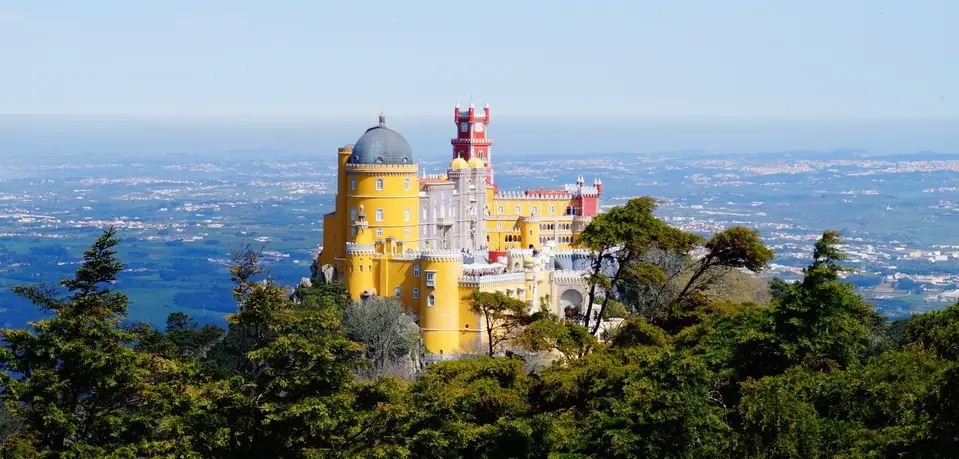
Sintra, a small town 30 minutes drive from the capital Lisbon is where inspiration for the fairy tales of Hans Christian Andersen. With the winding windy roads, the brightly colored castles and cool climate, Sintra is a destination not to be missed for travelers to Portugal. Photo: Flickr.
There’s a festival where you’re encouraged to throw garlic at people
On the night of 23 June, the Portuguese will pour out to streets to celebrate the Sao Joao festival. Accordingly, people throw plastic hammers or garlands made by garlic at those they find attractive. Photo by Sean Gallup
The stunning São Bento railway used to be a benedictine monastery
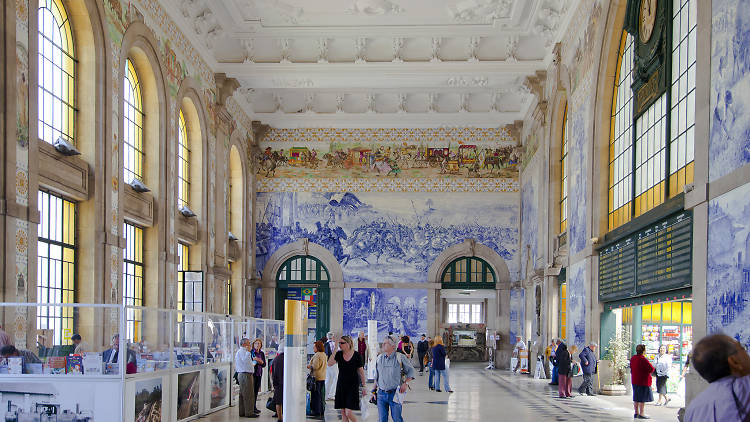
São Bento Station was voted by many visitors as the most beautiful station in the world. It was once a Benedictine monastery, built in the 16th century but collapsed in a fire in 1783. Later, It was remodeled and converted into a part of the Portuguese railway system by King Carlos. Photo: Flickr.
The biggest wave someone has ever surfed was off the Portuguese coast
Nazare, Portugal is where the world record holder for a man who “riding” the world’s biggest wave, athlete Garrett McNamara, in November 2011. Photo: BBC


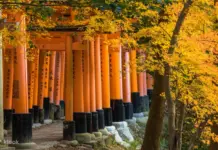





























![10 best airports in Asia in 2016 [RANKED] kuala-lumpur-international-airport-best airports in asia in 2016 by skytrax ratings](https://livingnomads.com/wp-content/uploads/2016/08/29/kuala-lumpur-international-airport-best-airports-in-asia-in-2016-by-skytrax-ratings-218x150.jpg)








